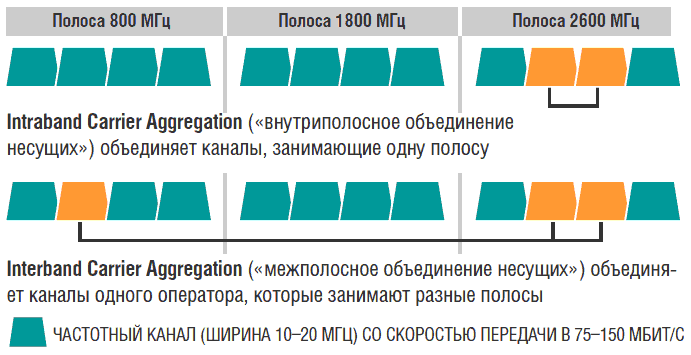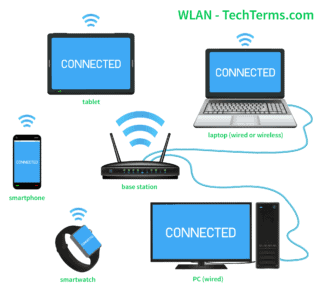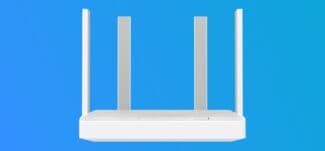Fast peering is made possible by Internet traffic exchange points (IXPs): These are rooms and entire buildings filled with computers and routers that connect multiple Internet service providers together and help shorten paths for Internet traffic. IXPs are located all over the world, and today there are about 240 such outlets in 180 regions.
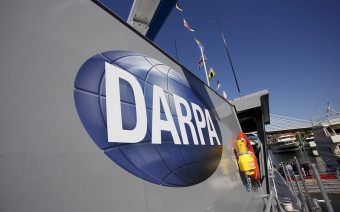
What is the Internet, how does it work and who owns it

The Internet is a global network that connects devices around the world and gives users many opportunities: to work, study, do business and so on. These days, literally all the processes of life depend on the efficiency of the Internet. RBC Trends publishes a translation of Internal Pointers, which provides a detailed analysis of the architecture of the Internet.
Computer networks are complex objects that vary in size, accessibility, and technology used. For example, an in-home network in terms of size, structure, equipment, and functionality is very different from one that connects two cities. This diversity of networks makes it difficult for them to work together. However, the solution lies in interconnection or the Internet.
Interconnection is a type of network that connects multiple networks and levels out their differences so that they can communicate as compatible.
The main public network is called the internet. Anyone can access the Internet with a device – computer, phone, tablet, and so on – to share information and resources.
How the Internet works from a hardware perspective
The Internet consists of three physical components: cables, routers, and networks. Technicians define Internet infrastructure as a combination of Internet hardware and the software that runs on it.
Cables
The Internet is formed from a multitude of fiber optic cables that connect together several small networks. These cables transmit information from one network to another in the form of optical signals. Our entire planet is covered with Internet cables, except for Antarctica. At the same time, many are located underwater to cover vast distances. For example the Atlantic Crossing 1 (AC-1) cable, which connects the United States and Europe, is 14,000 kilometers long.
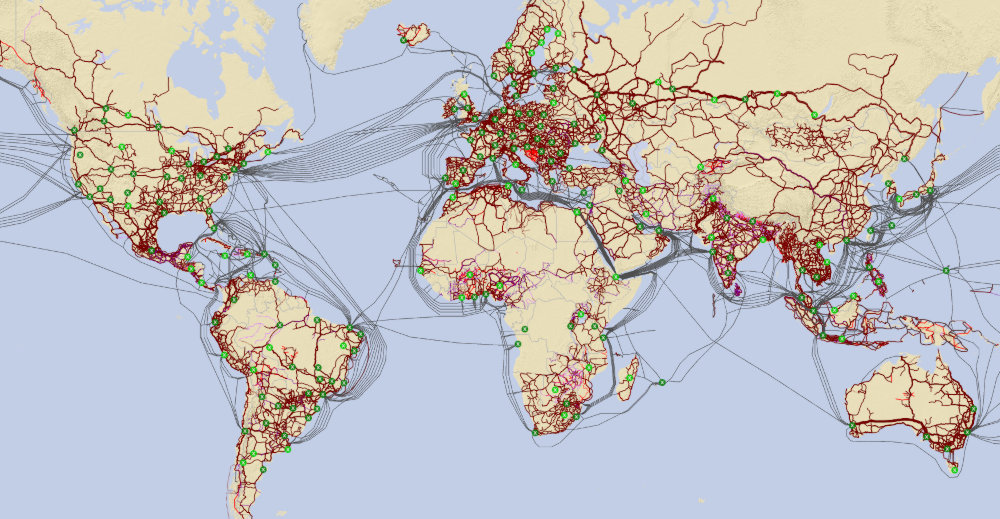
Routers
Another important element of the Internet are routers, which forward data between access points. Thus, routers are responsible for making sure that a message sent from computer A reaches computer B as quickly and smoothly as possible.
Information can be transmitted via several routes, and the function of routers is to choose the best one. This is especially important when the network is congested – in case many other computers are trying to exchange data simultaneously – or if the shortest path is blocked because of a network malfunction.
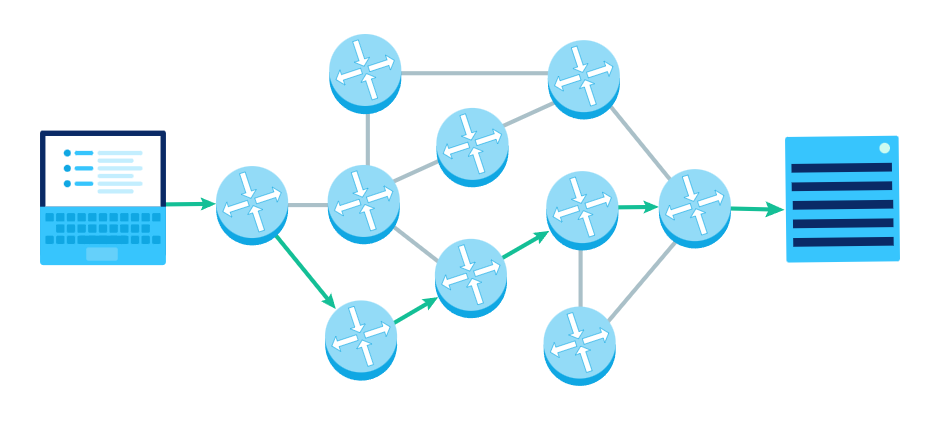
Networks
All devices connect to networks to access the Internet. For example, a home laptop or tablet connects to a local network inside the home (LAN). These devices can exchange data without any problems because they are part of the same network. However, exchanging data outside of these networks requires the support of an Internet Service Provider (ISP). The ISP provides this Internet access and other support related to the Internet.
5G networks: 15 Gbit/s without wires
LTE allows impressive data speeds, but they depend on the amount of available bandwidth, which is insufficient. Even a well-developed LTE network will not be able to keep up with the mobile data transfer speeds predicted for 2019.
Along with the volume of data, the number of subscribers is also increasing. As the Ericsson mobility report shows, by the end of 2019, mobile broadband will account for 80% of all mobile connections out of 9.2 billion. This also includes the billions of devices that support mobile communications.
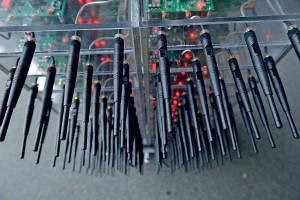
Companies and universities are developing technologies that could handle this flood of data. These technologies have one thing in common: 5G. What exactly this network of the future will be, we will not know until the end of 2015, and the technology will not appear until 2020.
One of the ideas for the development of the fifth generation network comes from the limitations of LTE: you have to use high frequencies, because there is enough space, you can reach speeds of 10 Gbit/s.
Japan's largest mobile operator NTT DoCoMo has already begun testing the band above 6 GHz in 2014. At the end of June 2014, Ericsson conducted the first "live" test in the 15 GHz band as part of this project. It was able to reach 5 Gbit/s, but only at a distance of a few meters. Chinese equipment manufacturer Huawei is going to join the 5G testing.
Data transmission via hundreds of antennas
5G's high frequencies are very susceptible to interference. Future networks must be designed for short range.
Small Cell Network, a "small cell network" as an extension of the existing cellular network, involves a large number of transmitting stations in close proximity to the subscriber. At the same time, there needs to be a continuous transition from Wi-Fi to cellular communications – 80% of mobile Internet users are in buildings.
LTE-advanced: potential up to 300 Mbps
A new leap in speed is happening in mobile networks today. LTE technology is supported by a large number of smartphones, and network expansion is happening by leaps and bounds.
The latest analyses show that LTE-network customers spend 30-50% of their time on the Internet using mobile data transfer. However, many are still scared away by the additional costs and the limited amount of traffic included in subscriber packages.
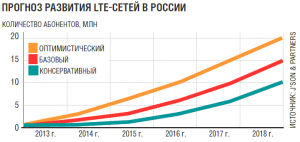
Nevertheless, the development of mobile networks leads to the introduction of "advanced" LTE. The company Megafon has already launched networks LTE Advanced (LTE-A) networks in St. Petersburg and Moscow. In some countries, this technology has progressed even further: LTE-A is widely used by residents of South Korea and Australia.
LTE data transfer speed is 10-20 Mbit/s because its capacity is limited by the number of subscribers or the distance to the tower – sometimes several operators share one tower. But LTE-A network coverage is better: the use of additional repeater stations along with base stations allows to strengthen the signal.
LTE-A networks use Carrier Aggregation technology to achieve high data rates Carrier Aggregation. Ultimately it all comes down to a matter of mathematics: Russian LTE operators use frequency channels occupying different frequency bands (800, 1800 and 2600 MHz). Channel width of 10 to 20 MHz allows you to achieve data rates of 75 to 150 Mbit / s.
Carrier Aggregation combines multiple channels – both of the same band and of different frequency regions. In practice, this allows to increase the optimal bandwidth up to 40 MHz (or, respectively, 300 Mbps).
